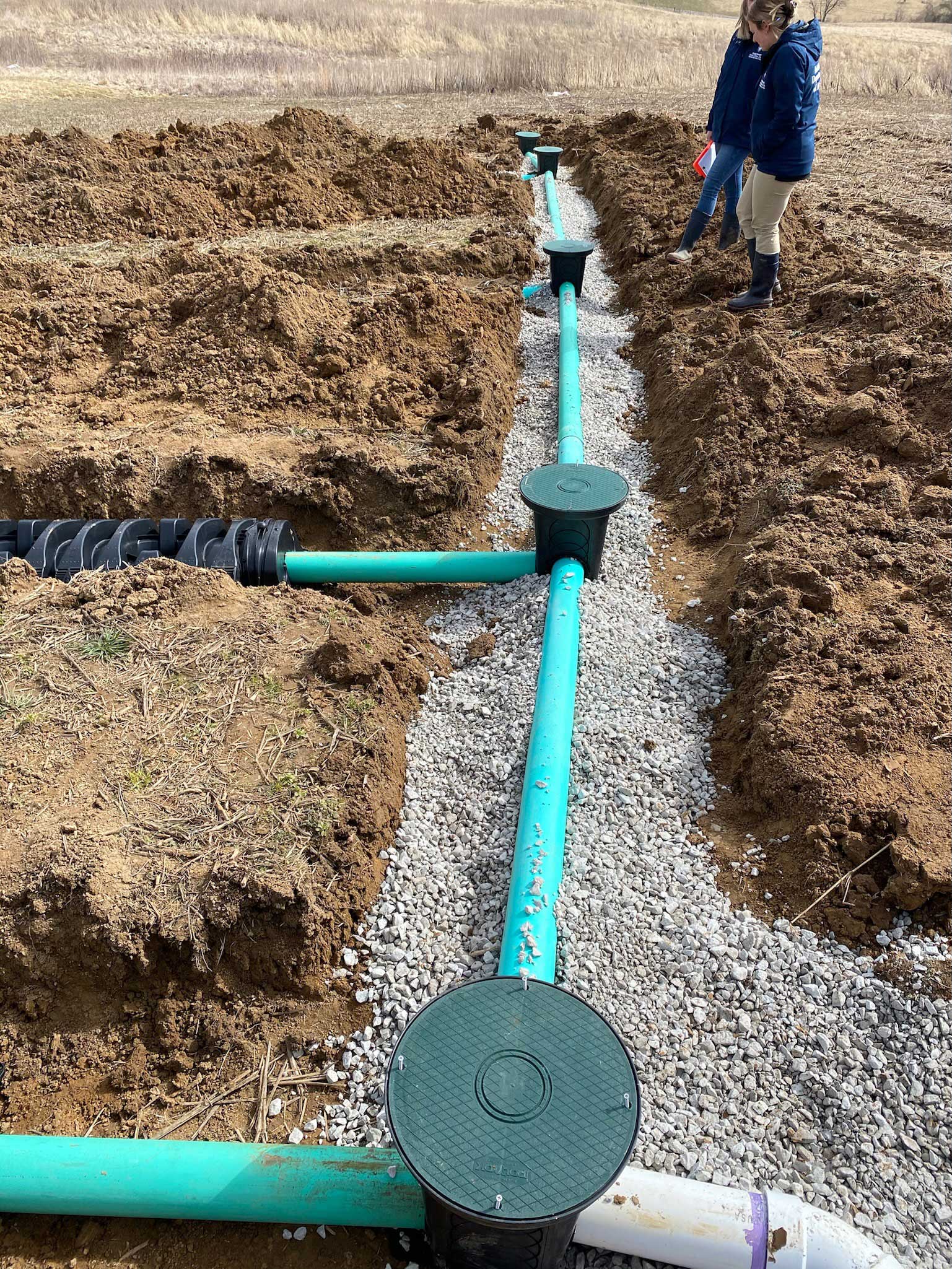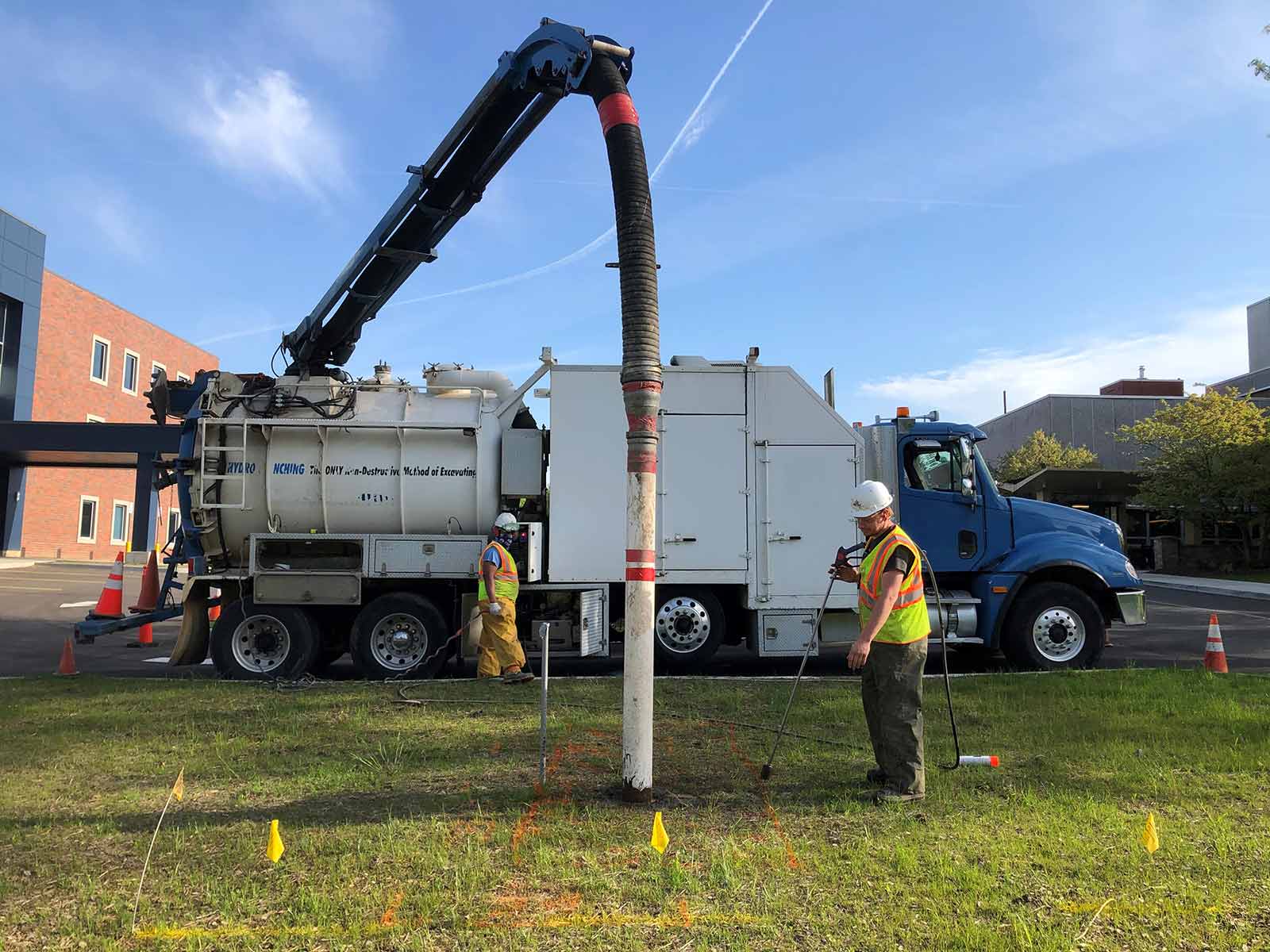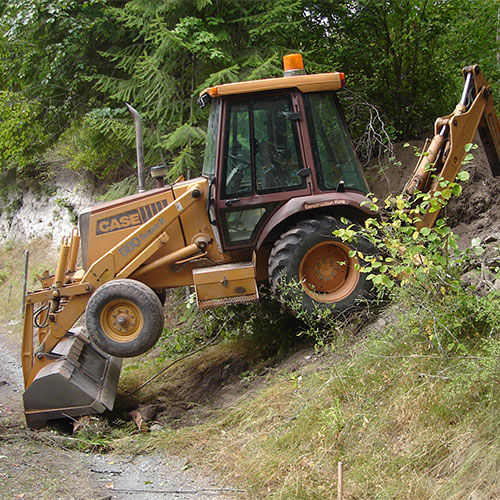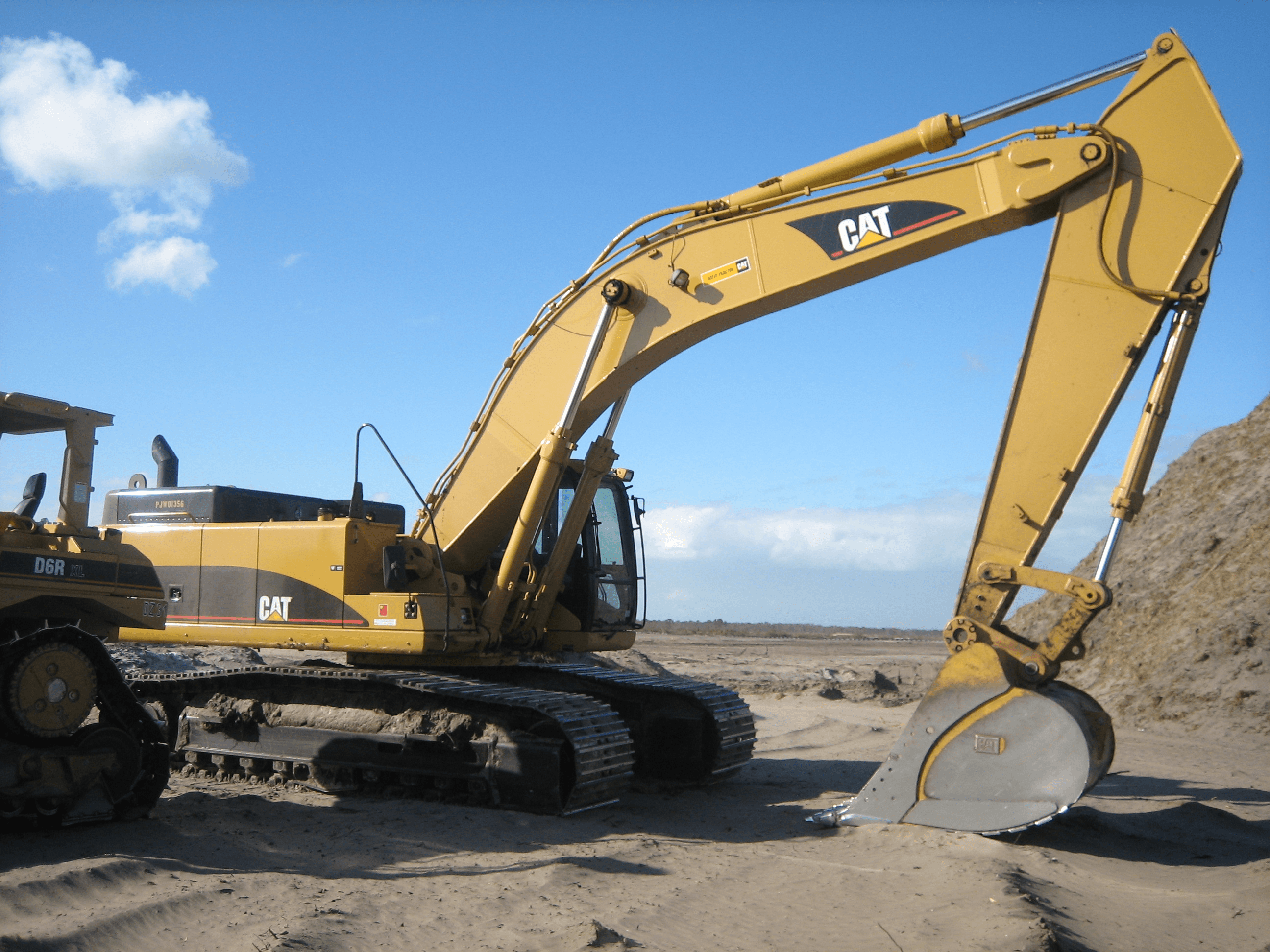Lancaster Trenching - Professional Trenching Solutions in Lancaster, Ohio
Lancaster Trenching - Professional Trenching Solutions in Lancaster, Ohio
Blog Article
Extensive Exploration: The Science Behind Superior Excavation Practices
From ancient hand tools to modern hydraulic excavators, the advancement of excavation strategies has actually been a testament to human resourcefulness and technical developments. What really sets premium excavation techniques apart is a deep understanding of geological principles, coupled with the usage of advanced devices and approaches.
Advancement of Excavation Methods
Throughout history, the development of excavation techniques has played a critical duty in advancing building practices and archaeological explorations. From the fundamental tools made use of by our forefathers to the sophisticated equipment used in contemporary times, the progression of excavation techniques has dramatically transformed how we approach numerous jobs.
In old times, hands-on labor with basic devices such as shovels, pickaxes, and wheelbarrows was the key approach of excavation. This labor-intensive procedure limited the depth and extent of excavations, typically resulting in sluggish progression and limited accessibility to specific websites. However, as civilizations advanced, so did the strategies and tools utilized for excavation.
The Industrial Transformation noted a turning point in excavation experiment the intro of steam-powered machinery. This advancement revolutionized the field, permitting for faster and a lot more extensive excavations. In contemporary times, modern technology plays a crucial duty in excavation, with developments like general practitioner systems, drones, and 3D scanning boosting accuracy and efficiency in the field. The development of excavation strategies proceeds to shape the way we develop, check out, and recognize the globe around us.
Duty of Modern Technology in Excavation

The combination of sophisticated innovation has fundamentally revolutionized the area of excavation, improving precision and performance to extraordinary degrees. One of the key technical improvements that has significantly impacted excavation methods is the utilization of general practitioner systems. These systems enable accurate mapping of excavation websites, allowing operators to precisely situate below ground utilities and frameworks. Furthermore, the use of telematics in excavation devices has made it possible for real-time surveillance of device efficiency, causing proactive upkeep and enhanced functional productivity.
Additionally, the arrival of 3D modeling and simulation software application has structured the planning procedure for excavation tasks. Engineers and operators can now picture the whole excavation process before beginning, maximizing and identifying potential difficulties operations. In combination with this, the implementation of drones in excavation activities has assisted in airborne surveys, volumetric measurements, and site assessments with unparalleled rate and precision.
Geological Principles in Excavation
An understanding of geological principles is necessary for ensuring the structural integrity and stability of excavation sites. Geological elements play a vital duty in determining the feasibility and security of excavation jobs (lancaster excavation). One key geological principle to consider is the sort of dirt or rock present at the website. Various soil types, such as clay, sand, or gravel, have varying levels of stability and require various excavation strategies. Natural dirts like clay may require added support to prevent collapses, while sandy dirts might be vulnerable to erosion during excavation.
By carrying out thorough page geological surveys and evaluation, engineers and excavators can create strategies to alleviate threats and guarantee the effective conclusion of excavation projects. Eventually, including geological concepts into excavation methods is critical for accomplishing risk-free, reliable, and lasting results.

Most Current Devices for Excavation
In the realm of excavation techniques, modern innovations in devices have reinvented the efficiency and accuracy of excavation procedures. These drones can offer detailed airborne studies of excavation sites, using real-time information on topography and prospective risks.
Another cutting-edge device acquiring appeal is the implementation of 3D printing technology for producing customized excavation tools. This enables the production of specialized devices that are tailored to the details needs of a project, raising efficiency and lowering downtime.
Moreover, advancements in materials scientific research have actually caused the growth of more powerful and more durable excavation devices. excavating ohio. Tungsten carbide-tipped excavator add-ons, for instance, offer remarkable efficiency in challenging ground problems, boosting efficiency on-site
Scientific research's Effect on Excavation Practices

Furthermore, innovations in products science have actually caused the production of more powerful, extra long lasting excavation tools and tools. For example, using composite products in miners and shovels has boosted their performance and longevity, inevitably enhancing performance on excavation sites. Furthermore, scientific study on soil technicians and geotechnical engineering has actually provided useful insights into dirt habits, permitting excavation experts to make enlightened decisions pertaining to excavation methods and dirt stablizing techniques. On the whole, science remains to drive innovation and enhancement in excavation techniques, making excavation projects a lot more efficient, economical, and lasting.

Final Thought
Finally, the evolution of excavation techniques has been significantly affected by innovations in modern technology and a much deeper understanding of geological principles. The newest tools and tools utilized in excavation have boosted performance and precision in the field. The application of clinical understanding has significantly boosted excavation methods, leading to more reliable and sustainable techniques for digging deep into different sorts of products.
In the realm of excavation methods, contemporary innovations in tools have actually changed the performance and accuracy of excavation processes. By leveraging scientific principles, the excavation industry has been able to significantly boost performance, precision, and security in excavation processes. GPR permits excavation why not try these out groups to non-invasively scan and look at this website map subsurface frameworks, utilities, and possible dangers, enabling them to plan excavation tasks with higher precision and reduced threat of mishaps.
Additionally, clinical research study on soil technicians and geotechnical design has given useful insights right into soil actions, permitting excavation experts to make informed choices relating to excavation techniques and soil stablizing techniques. On the whole, science proceeds to drive technology and enhancement in excavation practices, making excavation jobs more reliable, affordable, and sustainable.
Report this page